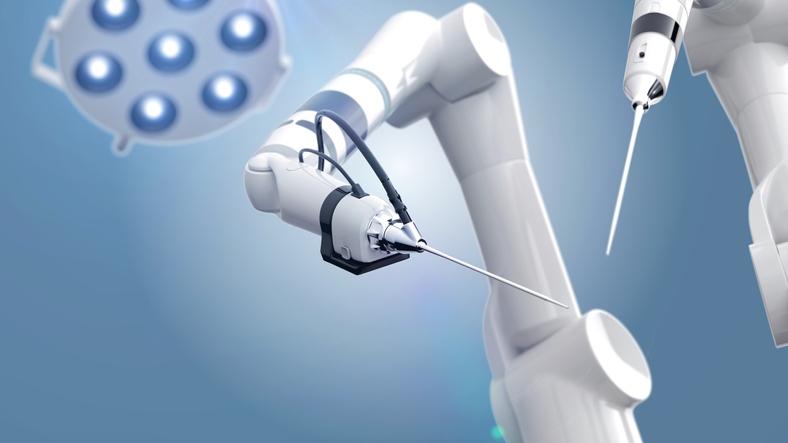Hydroceles in Kids: What Parents Should Know
By Dr. Michael Garcia-Roig, M.D
The scrotum is the sack behind the penis where the two testicles live in males. Occasionally, some babies and older children can develop painless swelling in this area. It can come on quickly or slowly and can be constant or can come and go.
There are several reasons why the area can become swollen including a hydrocele or an inguinal hernia, varicocele, spermatocele, swelling from an insect bite, and rarely, testicular cancer.
We’re going to talk about hydroceles in kids.
What are Hydroceles?
The most common cause of painless scrotal swelling in kids is a hydrocele or collection of fluid around the testicle. Hydroceles can be communicating or noncommunicating, meaning the fluid in the scrotum freely flows in and out of the scrotum (communicating) vs only staying in the scrotum (noncommunicating).
The hydrocele fluid gets to the scrotum through an opening in the groin, called a patent processus vaginalis or a hernia. The processus vaginalis is part of normal development in babies. It’s supposed to go away at or soon after birth but stays around in some kids.
Can This Be a Serious Condition?
The opening of the processus vaginalis is usually small, just letting fluid in and out, but sometimes it can be large or become large later in life. Larger openings are worrisome because they can let things from the abdomen, like intestines, fall into the scrotum and become strangulated, cutting off blood flow to that section of intestine. This is an emergency.
Our goal is to fix a patent processus vaginalis before this complication occurs if the opening doesn’t go away on its own in babies, or if it contains more than just fluid.
How are Hydroceles Diagnosed and Treated?
There are some tests to diagnose a hydrocele or a hernia. Often, a doctor can make the diagnosis by just examining a child. Sometimes an ultrasound helps get more information when a physical exam isn’t clear or the other conditions listed above are suspected.
Hydroceles and hernias are fixed with surgery, which is done in the hospital operating room under general anesthesia. In children, unlike adults, hernia repair does not require the use of any mesh products. Complications like bleeding, infection, or a recurrent fluid collection around the testicle are rare. Kids typically go home the same day.
If you have any more questions regarding hydroceles, contact the pediatric urology experts with Georgia Urology.








